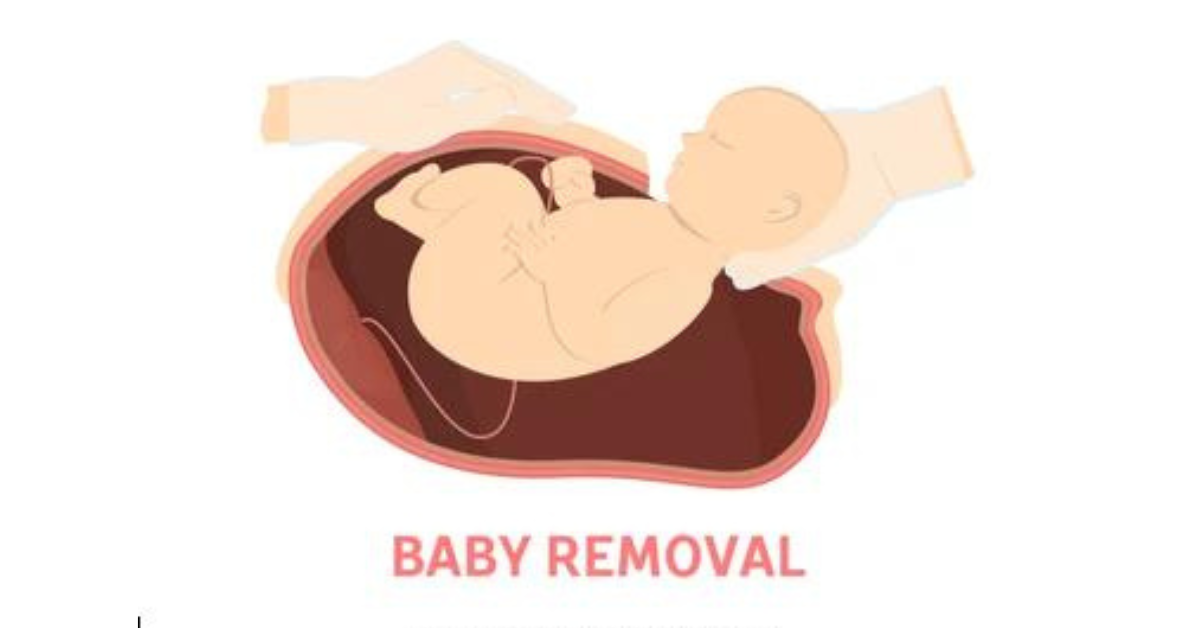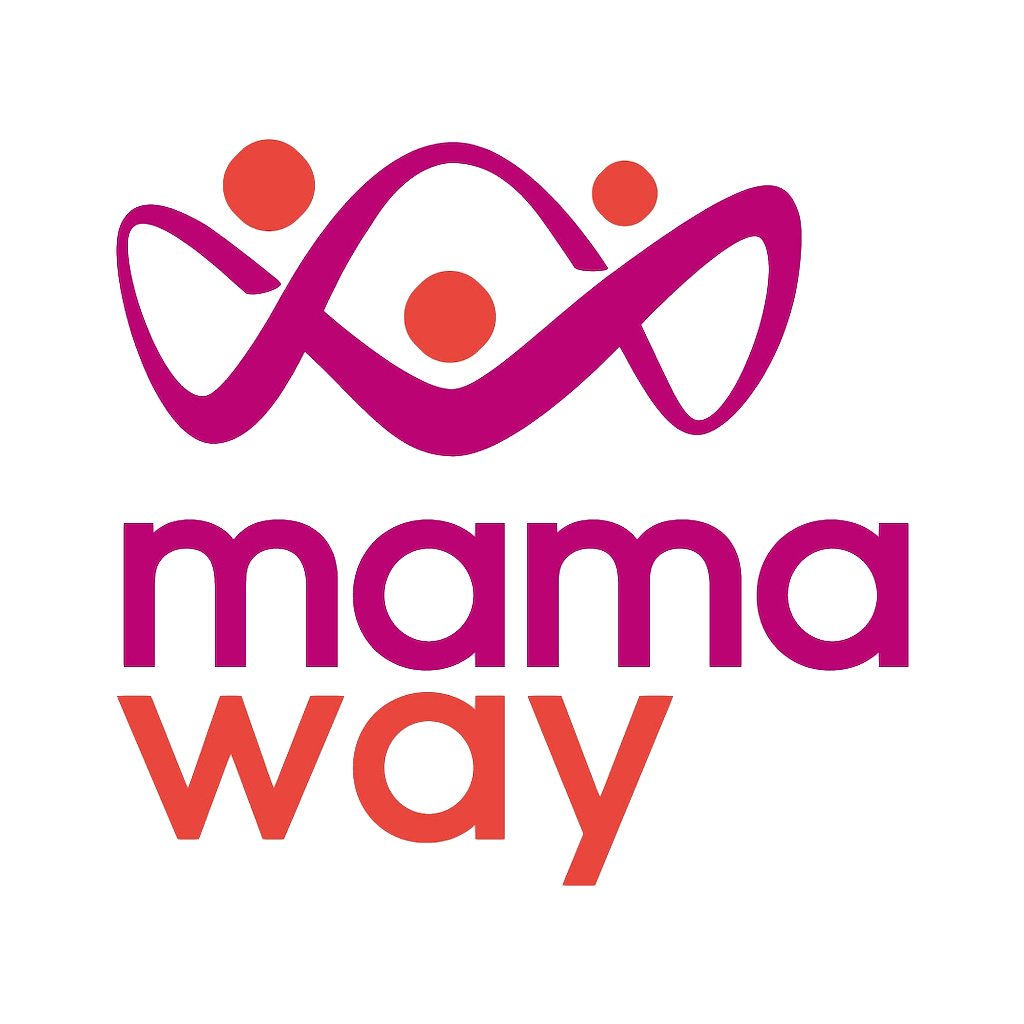Vaginal birth and Cesarean section (C-section) are two methods of childbirth that women can choose or that may be recommended by their healthcare provider.
In vaginal birth, the baby is delivered through the mother’s vagina with the help of contractions, pushing, and sometimes assisted with tools like forceps or vacuum extractors. Vaginal birth can be either unmedicated or medicated, depending on the mother’s preferences and the medical situation.

The C-section, or Cesarean section, is a surgical delivery that involves incisions in the mother’s abdomen and uterus. The C-section, or Cesarean section, is a surgical delivery that involves incisions in the mother’s abdomen and uterus. A C-section typically takes 45 minutes to an hour.
A C-section will be done in an operating or particular delivery room. Procedures may vary depending on your condition and your healthcare provider’s practices. In most cases, a mother will be awake for a C-section. Only in rare cases will a mother need medicine that puts her into a deep sleep (general anesthesia). Most C-sections are mostly done with regional anesthesia such as an epidural or spinal. With these, mothers will have no feeling from their waist down, but they will be awake and able to hear and see their baby as soon as he or she is born.

Both methods have their own advantages and disadvantages, and the choice of delivery method depends on various factors such as the mother’s health, the baby’s health, and previous birth experiences.
PROS AND CONS OF NORMAL BIRTH AND CESAREAN BIRTH
Vaginal Birth:
Pros:
- Vaginal births are the natural way to give birth and have been practiced for centuries.
- Vaginal birth may result in a quicker recovery time than a C-section. A shorter hospital stays and recovery times, the typical length of hospital stay following a vaginal delivery is 24 – 48.
- There are some benefits for the baby from vaginal birth, such as exposure to beneficial bacteria. Risks also might happen associated with major surgery, such as severe bleeding, scarring, infections, reactions to anesthesia, and longer-lasting pain.
- Having a C-section will prevent the mother from initiating breastfeeding sooner.
- When babies are born vaginally, muscles are more likely to squeeze out the fluid in their lungs, preventing breathing problems.
Cons:
- Vaginal birth can be painful and may result in tearing or other complications. There is a risk that the skin and tissues around the vagina could stretch and tear while the fetus moves through the birth canal. Severe stretching and tearing may require stitches.
- Vaginal birth may result in a longer labor process. going through labor and vaginal delivery is a long process that can be physically grueling. On average, first-time mothers spend between 4 and 8 hours in active labor.
- Vaginal birth may increase the risk of pelvic floor disorders, such as incontinence or prolapse.
- Vaginal birth or Normal birth may also cause lingering pain in the perineum, the area between the vagina and anus.
Cesarean Section:
Pros:
- It may be helpful for women with medical conditions or complications to plan C-sections in advance. This also makes it more convenient and predictable than vaginal births.
- C-sections may reduce the risk of some birth injuries to the baby, such as shoulder dystocia.
- C-sections may be necessary in emergency situations to protect the mother or baby. if the baby is in danger, a C-section can be lifesaving.
- A woman may choose to have a C-Sections if she has overwhelming anxiety about a vaginal birth, which may affect her experience of delivery.
- C-sections may reduce the suffering from urinary incontinence and pelvic organ prolapse.
Cons:
- C-sections are surgical procedures and carry risks associated with surgery, such as infection, bleeding, and longer-lasting soreness.
- C-sections may result in a longer recovery time than a vaginal birth. it also requires longer hospital stays.
- C-sections may increase the risk of respiratory problems for the baby and may have other potential risks, such as adhesions or future reproductive issues.
- less likely to begin early breastfeeding compares with normal vaginal birth.
- A small risk that a baby can get nicked by the scalpel during the surgery and get injured
Ultimately, the choice between vaginal birth and C-section is a personal decision that should be made between the mother and her healthcare provider. The decision may depend on various factors such as the mother’s health, the baby’s health, and previous birth experiences. It’s important to discuss the risks and benefits of each option with your healthcare provider to make an informed decision.
Related articles→ 5 TIPS FOR C-SECTION RECOVERY: SPEED UP YOUR RECOVERY



Leave a Reply